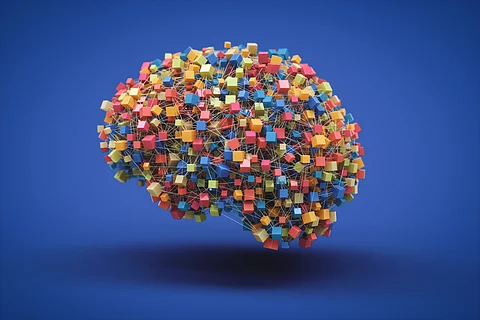

ISTOCK
We often hear people say that artificial intelligence, or AI, is “smart.” But what exactly makes it smart? What goes on inside an AI’s brain—and how is it different from the one inside your head?
The human brain is made of billions of neurons that pass signals to one another, helping us think, remember, and make decisions. An AI brain, on the other hand, is made of lines of code, complex maths, and a system called a neural network. Despite the name, it’s not biological—it’s just inspired by how human brains work. A neural network is built with layers of artificial “nodes” or “neurons” that pass information through a web of digital pathways.
Let’s say you want to train an AI to recognise cats. You don’t teach it by giving it rules like “look for whiskers” or “search for pointy ears.” Instead, you feed it thousands of cat photos and let the system find its own patterns. Over time, the AI starts to notice common features and improves its guesses. This process is called machine learning.
The AI brain doesn’t understand the way you do. It doesn’t know what a cat is—it just becomes very good at spotting shapes and patterns based on numbers. These systems are powerful, but they’re not magical. They can still make mistakes, especially when given unusual data.
So what’s really inside an AI brain? There are no thoughts, feelings, or imagination—just layers of logic and probability, built by people, trained with data, and designed to mimic certain types of thinking. It’s not a mind like yours, but it’s still a remarkable kind of machine intelligence.
Some of the biggest AI models today have over 100 billion artificial neurons—more than the number of stars in the Milky Way.
When an AI gets something wrong during training, it adjusts itself using a method called backpropagation, helping it improve with each try.
While your brain runs on the energy of a dim light bulb, training large AI models can require massive amounts of electricity and data.